18. June, 2025delish0
The optimization of the operation difficulty of the hot stamping foil slitting machine needs to be systematically improved from the perspective of human-computer interaction (HCI), combined with the characteristics of the equipment, user needs and process flow. Here are some of the key areas of improvement and specific measures:
1. Simplified operation interface (UI optimization)
• Graphical interaction
Replace traditional text buttons with intuitive icons and color-specific functions (such as green start, red emergency stop) to lower the threshold for language understanding.
Example: Slitting parameter setting uses slider drag + real-time preview effect instead of manually entering values.
• Touchscreen adaptation
The large buttons, step-by-step guided interface design avoids multi-layer menu nesting, and key functions (such as tension adjustment) can be directly reached with one click.
• Status visualization
Real-time display of slitting speed, tension, roll diameter and other data, outliers are automatically marked red and flashing alarm, reducing the burden of manual monitoring.
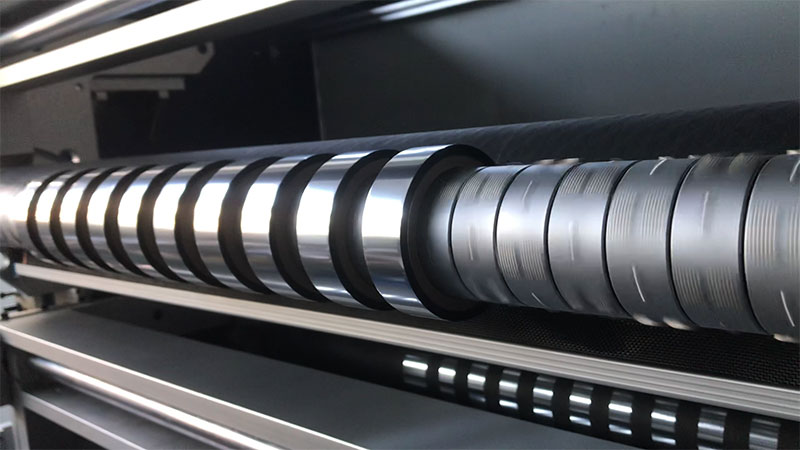
2. Integration of automation functions
• Intelligent parameter memory
The slitting parameter scheme of different materials (PET/OPP, etc.) is stored and directly recalled during operation to avoid repeated debugging.
• Automatic web guiding system
The position of the hot stamping foil edge is detected by the photoelectric sensor, and the position of the slitting knife is automatically adjusted to reduce the frequency of manual intervention.
• One-click calibration
Parameters such as tool pitch and tension can be automatically calibrated, replacing traditional manual micrometer adjustment.
3. Reduce the complexity of physical operations
• Quick tool change design
The modular toolholder supports tool-free disassembly (e.g. magnetic fixing) and shortens the tool change time to less than 1 minute.
• Intelligent coil loading
Automatic centering of the inflatable shaft + electric lifting platform reduces the difficulty of manual handling and positioning.
• Automatic recycling of scrap materials
Integrated waste edge wrapping eliminates the need for frequent cleaning of debris.
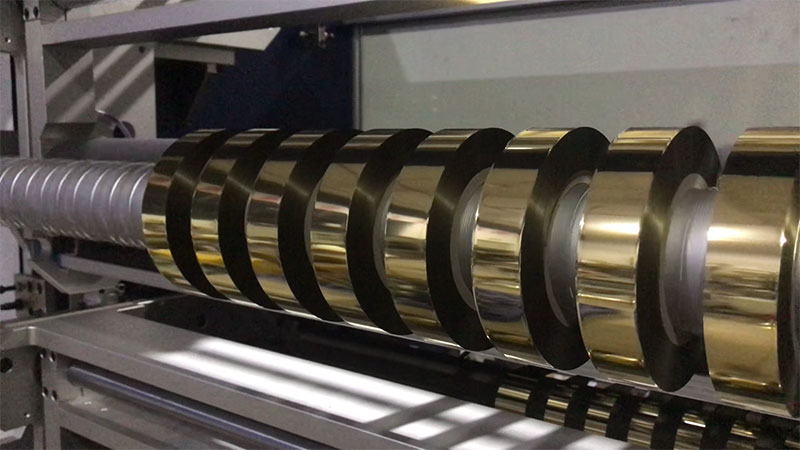
4. Error-proofing and security optimization
• Logical interlocks
When the device detects that the protective door is not closed, it is forbidden to start, and the feeding operation is automatically suspended when the cutter head moves.
• Misoperation reminder
When the input parameters are outside the material safety range, a warning box will pop up and a reasonable value will be recommended.
• Emergency shutdown links
Set multiple emergency stop buttons (including foot switches), and double confirmation is required for automatic reset after shutdown.
5. Training & Assistance Systems
• AR-assisted maintenance
Use AR glasses to guide novices to complete tool replacement or troubleshooting, and superimpose virtual operation instructions.
• Fault self-diagnosis
Displays specific error codes (e.g. E03: Tension Sensor Abnormal) and provides recommendations for handling to reduce downtime.
• Simulated operating mode
Allows the slitting process to be practiced in a virtual environment and avoids wasting materials in practice.
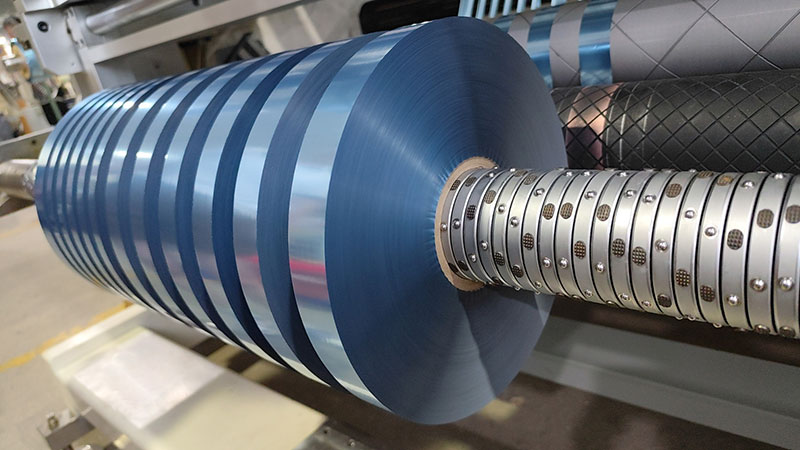
6. Ergonomic improvements
• Adjustable operator station
Support screen height and angle adjustment to adapt to different height operators.
• Ambient noise reduction
Sound insulation covers are installed to control noise below 75dB and reduce fatigue during long-term work.
• Haptic feedback
The key buttons are confirmed by vibration to ensure that the operation command is effectively triggered.
Implement priority recommendations
1. Quick results: Optimize the UI interface and emergency stop logic (1-2 weeks to complete).
2. Medium-term improvement: Introduce automatic deviation correction and parameter memory function (hardware adaptation takes 1-2 months).
3. Long-term upgrade: Deploy AR training and intelligent diagnosis system (3-6 months to develop).
These improvements significantly reduce the need for operator experience, typically reducing the training cycle for new employees by 30 to 50 percent, while reducing quality issues due to human error. In the actual optimization, it is necessary to conduct a feasibility assessment in combination with the specific model, and if necessary, jointly customize the solution with the equipment manufacturer.



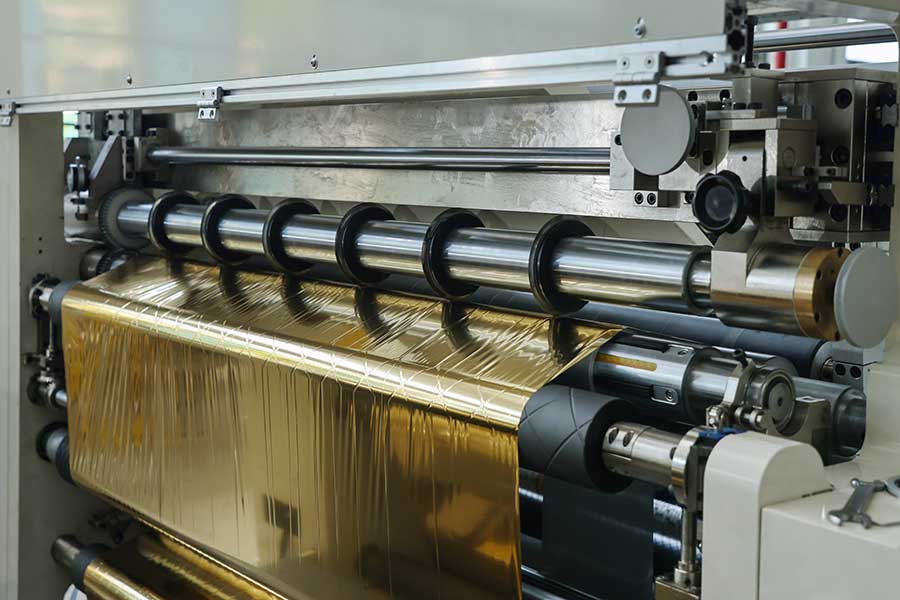
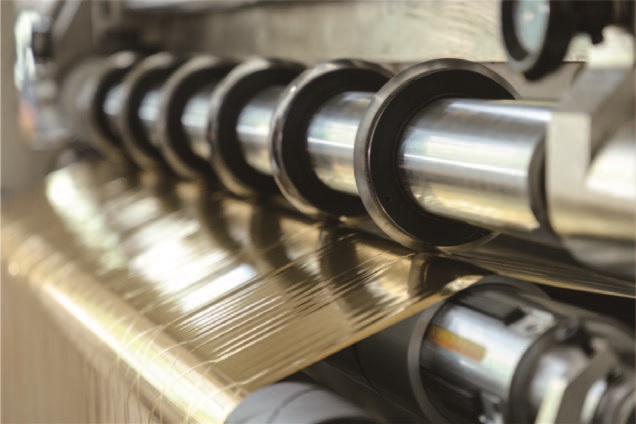
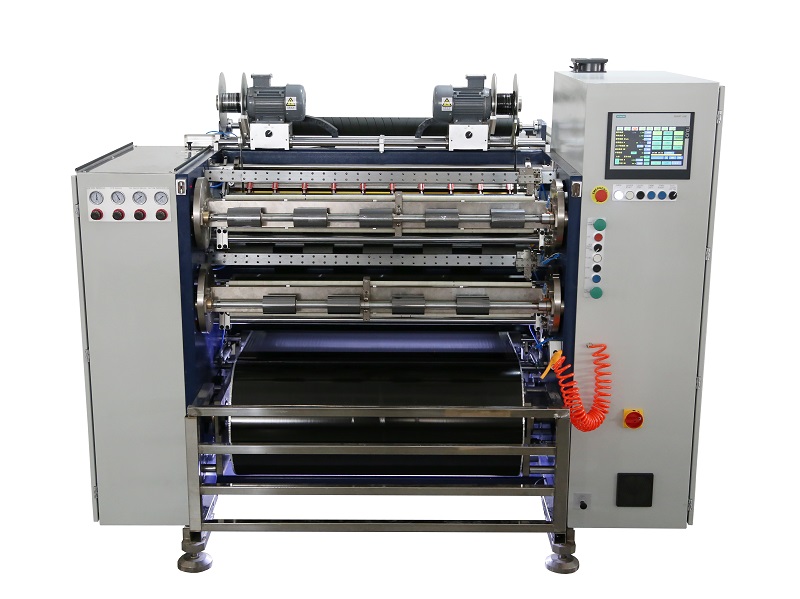 Fully Automatic TTR Slitter RSDS8 Plus
Fully Automatic TTR Slitter RSDS8 Plus Hot Stamping Foil Slitter 1600mm
Hot Stamping Foil Slitter 1600mm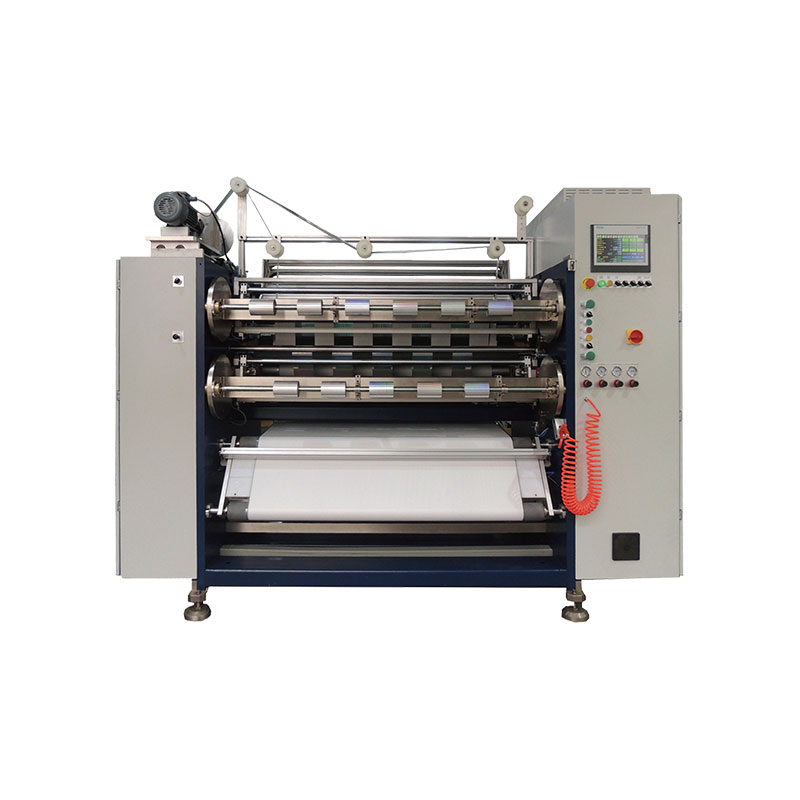 Hot Stamping Foil Slitter (4 Shafts)
Hot Stamping Foil Slitter (4 Shafts)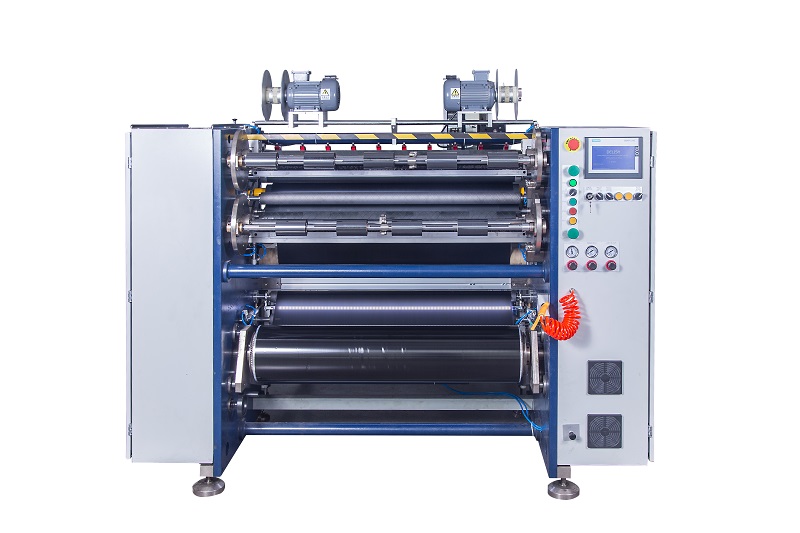 Semi-Auto TTR Slitter RSDS2 Plus
Semi-Auto TTR Slitter RSDS2 Plus Semi Automatic TTR Slitter RSDS5 Plus
Semi Automatic TTR Slitter RSDS5 Plus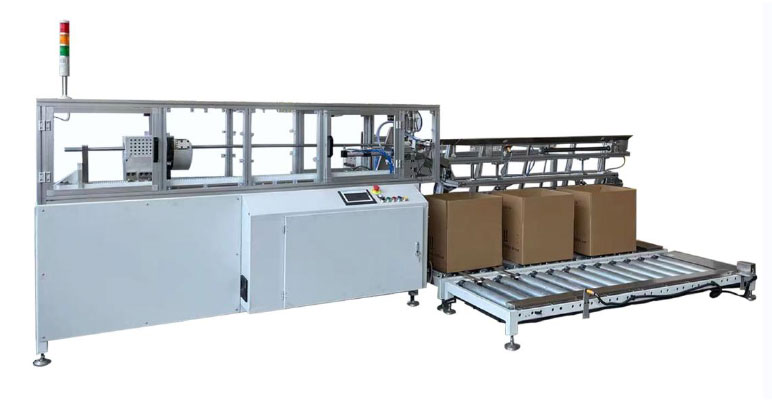 Auto Paper Core Cutter
Auto Paper Core Cutter Manual TTR Slitter RSDS2
Manual TTR Slitter RSDS2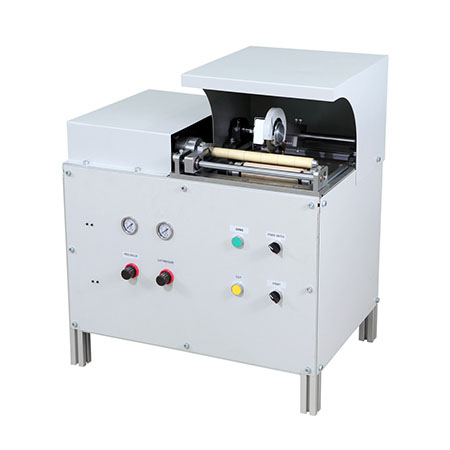 Manual Paper Core Cutter
Manual Paper Core Cutter





